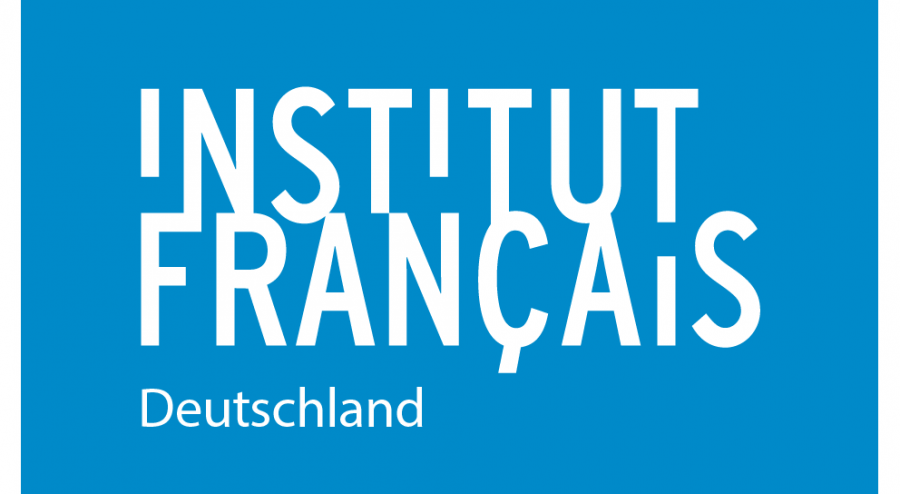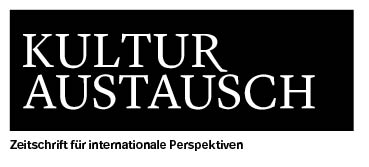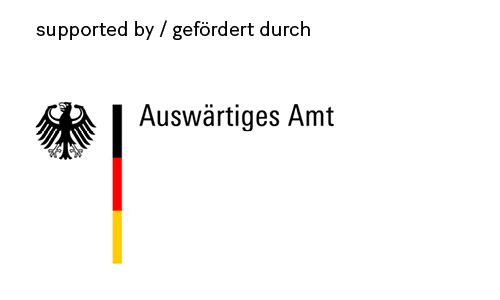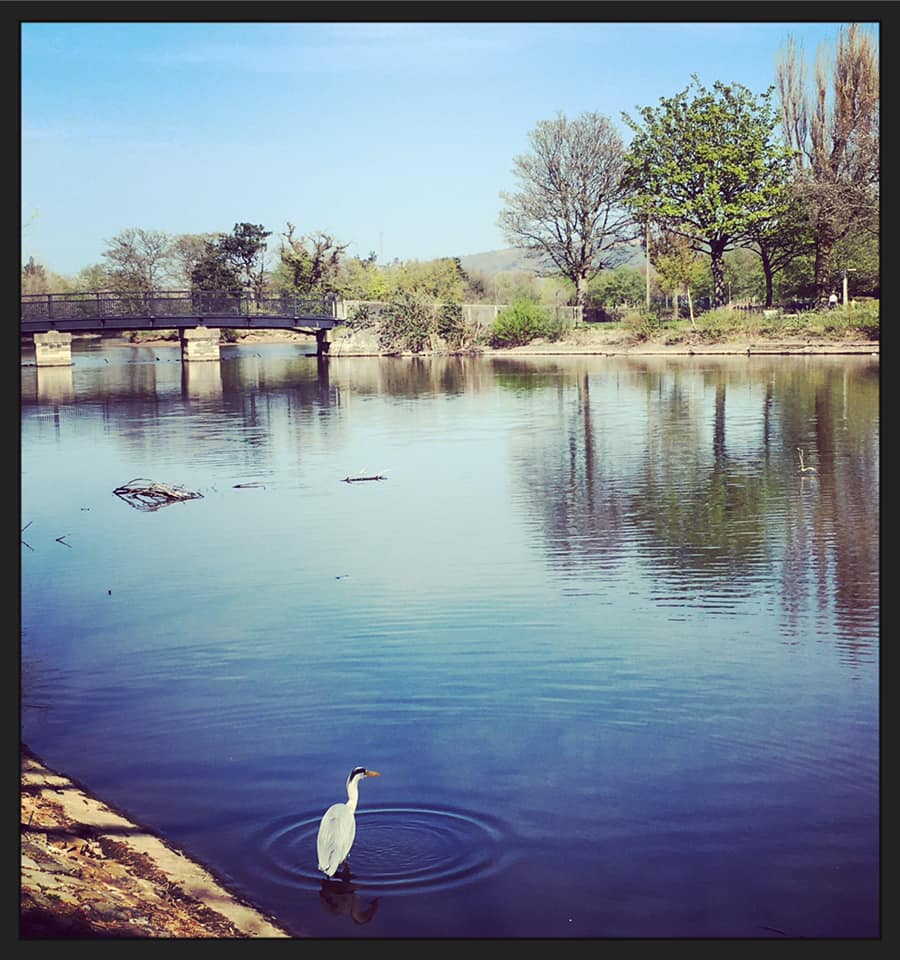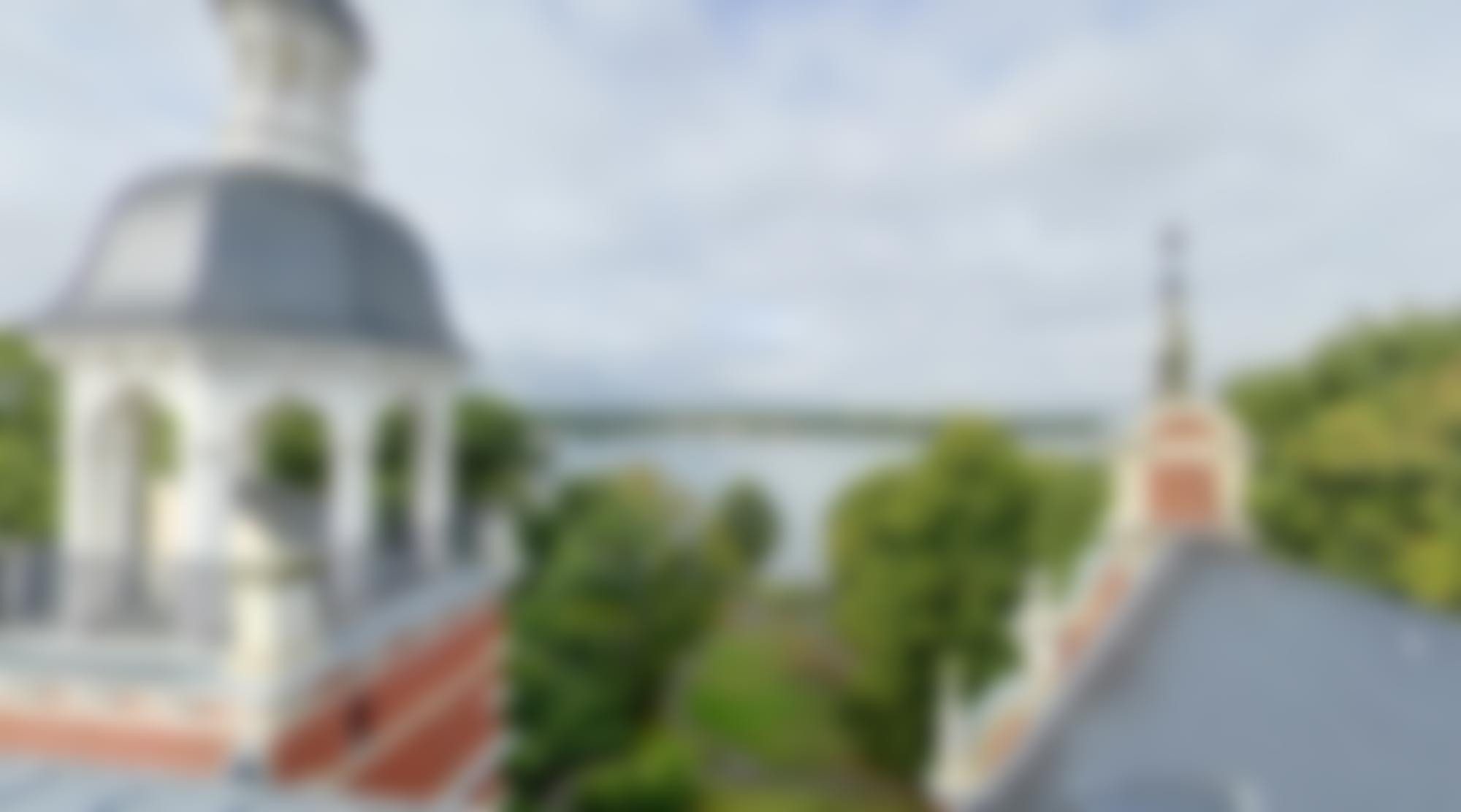Returning Birds
When you first move to East Belfast you learn how to live closely with the city. My front door opens onto the street. My rear door opens on to the back alley. My little house is sandwiched to my neighbours on either side. I can hear when they cough or boil their kettles. Their dogs bark loudly all afternoon and, in the evening, their televisions bleed through my walls. The street sounds are equally prevalent: cars passing, kids messing about and, every morning at 6am, the first of the day’s five dozen flights thundering over my bedroom roof. My house is less than half a mile from the end of the airport’s runway. Since moving here three years ago, I’ve grown accustomed to being awakened every morning at five minute intervals from 6am until just after 9.
Back in March, when the Lockdown began in earnest the airport traffic tapered off and virtually disappeared. I slept like a baby right through to breakfast. Instead of waking to Ryanair rattling my rooftiles, I rose to the sound of infinite starlings, chirping on the telephone wires. At the end of my street, in the park where I’ve walked each day for the last six months, the stillness settled across the pond and shimmered in the rain-drenched trees. Victoria Park has never been a quiet place. It sits right at the end of the airport’s runway. The planes ascending and descending are so low you can almost see the passenger’s faces peering out at the city below. You sometimes see children standing on the climbing frame raising an optimistic hand, as if trying to brush the passing bellies of planes en route to here or there. Understandably, the local wildlife—birds, squirrels and a rake of enormous rats—have found living next to a busy airport, far from ideal. In the months running up to the Pandemic, I’d noticed all but the hardiest of ducks and swans had upped sticks and moved to more solitary parks.
I was less than a week into Lockdown when I spotted my first heron on the pond. Standing in the drizzle, shoulders hunched against the cold, he looked like a spindly-legged old man. I snapped him on my phone and shared the photo on Instagram. Local friends commented underneath. “I haven’t seen a heron in Victoria Park for ages.” “Good to see the herons back.” By the middle of the summer which, in Belfast, is indistinguishable from the other seasons, I was counting six and seven herons, standing around in the rain, occasionally dipping their beaks for fish. And there weren’t just herons. There were dozens of swans and ducks, geese with goslings trailing behind them and coots with their funny Tipp-exed faces and other birds which I didn’t know the names of but endeavoured to Google on my phone. I was heartened by this. If I were a poet I’d have written an extended metaphor about birds and planes and the idea of flight. But I’m definitely not a poet. So, I’ll just say I’m quite glad it’s quieter in the mornings and I’m very glad the beautiful herons are back.
Die Vögel kehren wieder
Wer nach East Belfast zieht, lernt schnell, im Takt der Stadt zu leben. Meine Haustür geht auf die Straße. Meine Hintertür auf eine Seitengasse. Mein kleines Haus wird von links und rechts von meinen Nachbarn eingequetscht. Ich höre sie, wenn sie husten oder ihr Wasserkessel pfeift. Ihre Hunde bellen lauthals den Nachmittag durch, und abends strömen ihre Fernseher durch die Wände. Der Straßenlärm ist ähnlich durchdringend: vorbeifahrende Autos, herumalbernde Kinder und jeden Tag um sechs Uhr früh der erste der täglich fünf Dutzend Flüge, die über mein Schlafzimmerdach donnern. Mein Haus liegt kaum achthundert Meter von der Landebahn des Flughafens entfernt. Seit ich vor drei Jahren eingezogen bin, habe ich mich daran gewöhnt, jeden Tag von sechs bis neun Uhr fünfminütlich geweckt zu werden.
Als der Lockdown im März ernst machte, ließ der Flugverkehr nach, bis er fast ganz verklang. Ich schlief wie ein Baby bis zum Frühstück durch. Anstatt von einer übers Dach ratternden Ryanair geweckt zu werden, stand ich zum Zirpen der unzähligen Stare auf den Telefondrähten auf. Am Ende der Straße, in dem Park, in dem ich im letzten halben Jahr jeden Tag spazieren gegangen bin, legte sich Stille über den Teich und schimmerte auf den regendurchweichten Bäumen. Der Victoria Park war nie ein ruhiger Ort. Er schließt direkt ans Ende der Landebahn an. Die abhebenden und landenden Flugzeuge fliegen so tief, dass man fast noch die Gesichter der auf die Stadt herabblickenden Reisenden erkennt. Manchmal sieht man Kinder auf dem Klettergerüst, die optimistisch die Hand heben, als wollten sie die Bäuche der hier- oder dorthin ziehenden Flugzeuge streifen. Verständlicherweise fanden die wildlebenden Tiere der Gegend – Vögel, Eichhörnchen und eine Bande riesiger Ratten – das Leben neben einem verkehrsreichen Flughafen alles andere als ideal. In den Monaten vor der Pandemie hatte ich bemerkt, dass alle bis auf die abgehärtetsten Enten und Schwäne abgezogen waren, um sich abgeschiedenere Parks zu suchen.
Ich war noch keine Woche im Lockdown, als ich auf dem Teich meinen ersten Reiher sah. Wie er da im Nieselregen stand, die Schultern vor Kälte hochgezogen, sah er aus wie ein alter Mann mit spindeldürren Beinen. Ich knipste ihn mit dem Handy und teilte das Foto auf Instagram. Meine Freunde aus der Stadt kommentierten es. „Ich habe seit Ewigkeiten keinen Reiher mehr im Victoria Park gesehen.“ „Schön, dass es wieder Reiher gibt.“ Schon weit im Sommer, der in Belfast von den anderen Jahreszeiten nicht zu unterscheiden ist, zählte ich sechs oder sieben Reiher, die im Regen herumstanden und gelegentlich mit dem Schnabel nach Fischen tauchten. Und ich sah nicht nur Reiher. Auch Dutzende Schwäne und Enten, Gänse, deren Küken hinter ihnen hertippelten, Blässhühner mit ihren lustigen Tipp-ex-Gesichtern und andere Vögel, die ich nicht mit Namen kannte, mich aber zu googeln mühte. Ein aufmunternder Anblick war das. Wäre ich eine Dichterin, hätte ich eine ausschweifende Metapher über Vögel und Flugzeuge und den Begriff des Fliegens verfasst. Aber ich bin halt keine Dichterin. Deshalb will ich einfach nur sagen, dass ich mich sehr über die ruhigeren Morgen freue und ganz besonders darüber, dass die schönen Reiher wieder da sind.
Übersetzung: Frank Sievers
Éin ag filleadh
Nuair a bhogann tú go oirthear Bhéal Feirste i dtosach báire, foghlaimíonn tú conas maireachtaint i dtiún leis an gcathair. Osclaíonn mo dhoras tosaigh amach ar an tsráid. Osclaíonn mo dhoras cúil amach ar an lána cúil. Tá mo thigín brúite isteach idir mo chomharsana ar gach taobh. Is féidir liom iad a chlos nuair a ligeann siad casacht uathu nó nuair a bheiríonn siad an citeal. Bíonn a madraí ag amhastraigh i rith na hiarnóine ar fad agus, um thráthnóna, puíoscann glór a dteilifíseán tré na fallaí agam. Bíonn glór na sráideanna chomh forleathan céanna: gluaisteáin ag dul thar bráid, leanaí ag méiseáil timpeall agus, gach maidin ar a sé a chlog, céad eitilt as cúig dosaen éigin an lae ag búirigh os cionn díon mo sheomra codlata. Tá mo thigh níos lú ná leathmhíle slí ó dheireadh rúidbhealach an aerfoirt. Ó bhogas anseo trí bliana ó shin, táim tar éis dul i dtaithí ar a bheith dúisithe gach maidin gach cúig nóiméad óna sé ar maidin go dtí díreach i ndiaidh a naoi.
I mí na Márta seo caite, nuair a thosnaigh an t-ordú dianghlasála i gceart, mhaolaigh trácht an aerfoirt agus d’imigh sé a bheag nó a mhór. Chodlaíos mar a bheadh leanbh go dtí aimsir bricfeasta. Seachas a bheith ag éisteacht le Ryanair ag baint croitheadh as tíleanna mo dhín, dhúisínn le glór mhórán druideacha ag bíogarnaigh leo ar na sreangaí teileafóin. I ndeireadh mo shráide, sa pháirc ina siúlainn gach lá le sé mhí anuas, leath an ciúnas thar an linn, é ag glioscarnaigh sna crainn a bhí báite ag an mbáisteach. Níorbh áit chiúin í riamh Páirc Victoria. Tá sí suite i ndeireadh rúidbhealach an aerfoirt. Ardaíonn agus tagann na heitleáin anuas chomh híseal san gur féidir leat aghaidheanna na bpaisinéirí a fheiscint nach mór agus iad ag gliúcaíocht amach ar an gcathair thíos fúthu. Uaireanta chíonn tú leanaí seasta ar an bhfráma dreapadóireachta ag ardú lámh dhóchasach, mar a bheadh iad a bheith ag iarraidh bolg na n-eitleán a chuimilt agus iad ar a slí anseo is ansiúd. Fé mar a thuigfeá ní haon taitneamh é don bhfiadhúlra áitiúil — éin, ioraí agus an ollmhéid francach mór groí — a bheith ina gcónaí in aice le haerfort gnóthach. Sna míonna díreach roimh an phaindéim, thugas fé ndeara go rabhadar seo go léir, go dtí na lachain agus na healaí ba chrua, bailithe leo go dtí páirceanna níba iargúltaí.
Ní rabhas fiú seachtain isteach san ordú dianghlasála nuair a chonac uaim mo chéad chorr réisc ar an linn. Ina sheasamh sa cheobhrán, guaillí cúbtha fúthu i gcoinnibh an fhuachta, ní raibh aon oidhre air ach seanduine ar spanlaí cos. Thógas grianghraf de leis an bhfón póca agus roinneas an pictiúr ar Instagram. Nocht cairde áitiúla a dtuairim thíos fé. “Is fada ó chonac corr réisc i bPáirc Victoria.” “Is maith é na corra réisc a fheiscint thar n-ais.” Fé lár an tSamhraidh nach féidir, i mBéal Feirste, é a aithint ó na séasúir eile, bhíos ag comhaireamh sé agus seacht gcinn de chorra réisc, iad ina seasamh timpeall sa bháisteach, agus ag tomadh a ngob anois agus arís ar thóir éisc. Agus ní corra réisc amháin a bhí ann. Bhí mórán ealaí, lachan, géanna agus a ngóislíní ag sileadh astu, chomh maith le cearca ceannann lena n-aghaidheanna greannmhara Tipp-ex-eálta agus éin eile nárbh eol dom a n-ainmneacha ach gur dheineas iarracht ar iad a ghúgláil ar an bhfón agam. Chuir sé sin misneach orm. Dá mb’fhile mé, chumfainn meafar fada ar éin, ar eitleáin agus ar choincheap na heitilte. Is cinnte, áfach, nach file mé. Mar sin, déarfad díreach go bhfuilim sásta go maith é a bheith níos ciúine maidineacha agus tá an-áthas orm go bhfuil na corra réisc thar n-ais.
(Aistrithe ó Bhéarla le Meidhbhín Ní Úrdail)
Teilen



